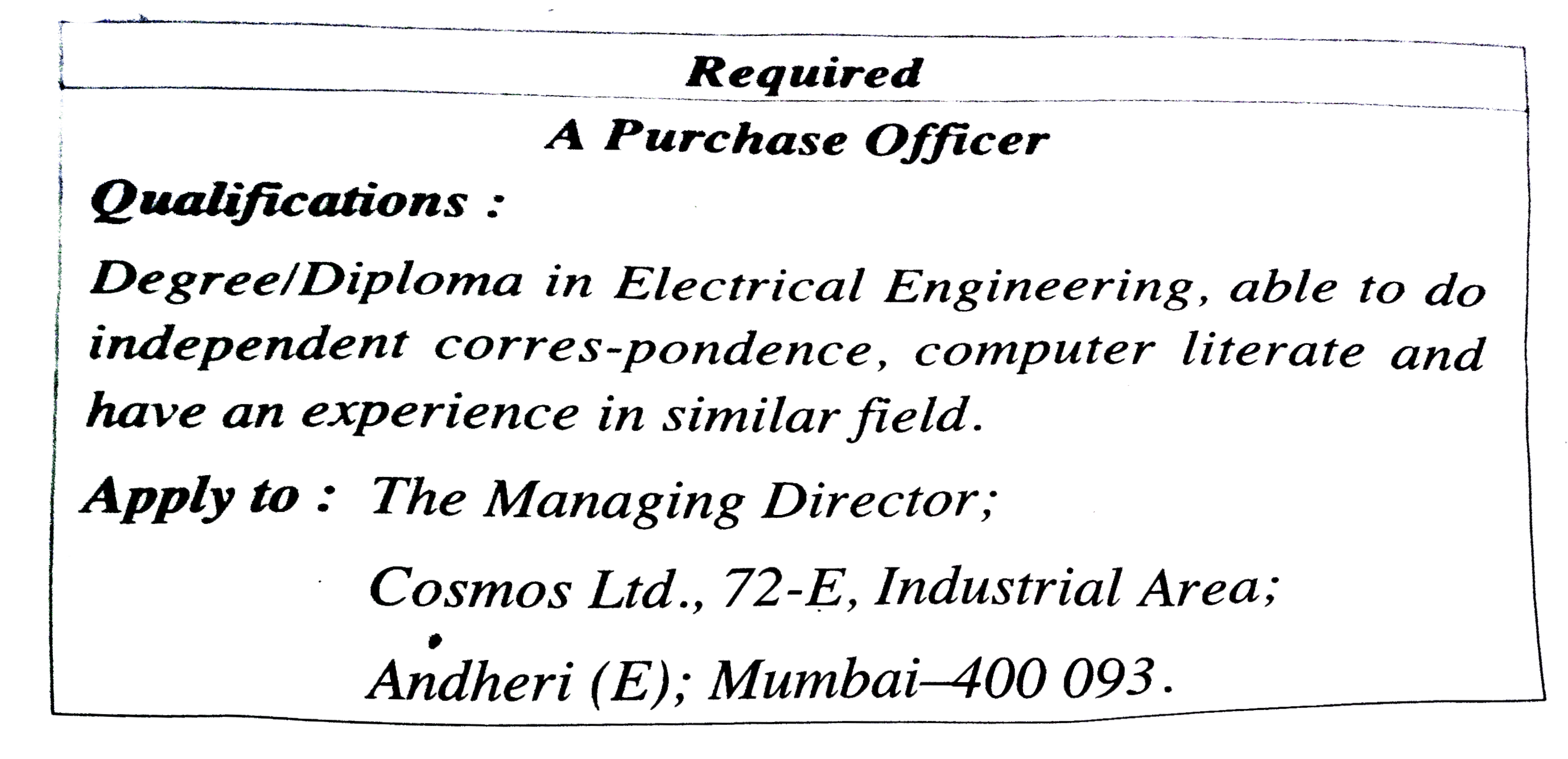Oil is one of the world's major sources of energy. We depend on it as fuel for heating, transport generationof powerl.
For centuries , animal and vegetable oilts have been used for cooking and as a source of artificiaol light. But it is mineral oil which meets most of the world's needs today.
Crude mineral oil comes out of the earth as a thick brown or black liquid with a strong smell. It is a complex mixture of many different sustances. each with its own individual qualities. Most of them are combinations of hydrogen and carbon in varying proportions. Such hydrocarbons are also found in other forms such as bitumen , asphalt and natural gas. Mineral oil originates from the carcasses of tiny animals and from plants that live in the sea. Over millions of years these dead creatures form plants that live in the sea. Over millions of large deposits under the sea bed and ocean currents cover them with a blanket of sand and slit. As this material hardens , it becomes sedimentary rock and effectively shut out the oxygen so preventing the complete decomposition of the marine deposits underneath. The layers of sedimentary rock become thicker and heavier. Their pressure produces heat , which transforms the tiny carcasses into crude oil in a process that it still going on today.
The earth's crust is split into a few huge continental plates which move continuously rather like rafts on a sluggish tide. Geologists call this movements as 'continental drift'.
Accroding to you , how can we stop the excess use of energy ?
There are many ways we can stop excess use of eneregy.
(i) We should use Public transport instead of private vehicle.
(ii) Solar energy should be used. Use of gobar gas should be encouraged. Once in a week. 'No vehicle day' (only public transport) should be observed by every one, Govt. should educate and propagate citizens about minimum uses of energy.
Topper's Solved these Questions
- FEBRUARY 2017BOOK - GURUKUL PUBLICATION - MAHARASHTRA PREVIOUS YEAR PAPERSCHAPTER - FEBRUARY 2017EXERCISE - SETA Section -B (Poetry)
8 Videos
- FEBRUARY 2017BOOK - GURUKUL PUBLICATION - MAHARASHTRA PREVIOUS YEAR PAPERSCHAPTER - FEBRUARY 2017EXERCISE - SETA Section -C (Rapid Reading and Composition)
3 Videos
- FEBRUARY 2016BOOK - GURUKUL PUBLICATION - MAHARASHTRA PREVIOUS YEAR PAPERSCHAPTER - FEBRUARY 2016EXERCISE - SECTION-D
8 Videos
- FEBRUARY 2018 BOOK - GURUKUL PUBLICATION - MAHARASHTRA PREVIOUS YEAR PAPERSCHAPTER - FEBRUARY 2018 EXERCISE - Section-D
8 Videos
Similar Questions
And we with our small vanities , our controlled hunger for climbing and getting as far as everybody else has gotten because it seems that is the way of the world :
as endless tracks of champions and in a corner we , forgotten may be because of everybody else , since they seemed to much like us until they were robbed of their laurels, their medals, their titles , their names .
What is the way of the world ?
View Solution[You may begin with : When Duke senior and his followers were taking meal I rushed ..........]
The Duke senior and his followers were sitting down to a meal one day when Orlando rushed out from among the trees , his sword in his hand . 'Stop , and eat no more !' he cried . The Duke and his friends asked him what he wanted. 'Food' said Orlando. 'I am almost dying of hunger.'
They asked him to sit down and eat , but he would not do so . He told them that his old servant was in the wood, dying of hunger . 'I will not eat a bite untill he has been fed' , Orlando said.
So the good Duke and his followers helped him to bring Adam to their hiding place , and Orlando and the old man were fed and taken care of . When the Duke learned that Orlando was a son of his old friend Sir Rowland de Boys , he welcomed him gladly to his forest court. Orlando lived happily with the Duke and his friends , but he had not forgotton the lovely Rosalind. She was always in his thoughts and every day he wrote poetry about her , pining it on the trees in the forest . 'These trees shall be my books ,'he said,' so that everyone who looks in the forest will be able to read how sweet and good Rosalind is'.
Rosalind and Celia found some the these poems pinned on the trees. At first they were puzzled, wondering who could have written them, but one day Celia came in from a walk with the news that she had seen Orlando sleeping under a tree , and she and Rosalind guessed that he must be the poet .
View SolutionWrite an application in response to the following advertisement using information given in the CV provided:

View SolutionWrite a letter of application in response to the following advertisement with the help of the given C.V. (Resume) :

C.V. (Resume)
Name : Aruna Anil Shinde
Address : B1-104, Rose Parade, S.B. Road, Nagpur.
Educational Qualifications :

Other Qualifications : Successfully completed Computer Diploma from NIIT, Nagpur-2014
Work Experience : Worked as the Purchase Officer in Login Private Ltd., Nagpur.
Interest/Hobbies : Reading, music, swimming, chass.
Languages Known : English, Marathi, Hindi, Gujarati.
View Solutionप्रशीतक के रूप में प्रयोग होने वाला यौगिक है-
View Solutionनिष्क्रिय वातावरण के लिए किस अक्रिय गैस का प्रयोग किया जाता है और क्यों ?
View SolutionSO2 विरंजक के रूप में किस प्रकार कार्य करता है, समझाइए ।
View Solutionरेलवे के आधे टिकट का मूल्य पूरे किराये का आधा तथा आरक्षण व्यय पूरे टिकट के समान है। मुम्बई से अहमदाबाद एक आरक्षित टिकट का मूल्य 216 तथा एक पूरे तथा एक आधे टिकट के आरक्षण का कुल मूल्य 327 है। प्रथम श्रेणी टिकट का आधार मूल्य तथा आरक्षण व्यय ज्ञात कीजिए।
View Solutionप्रयोग के आधार पर एक धातु ऑक्साइड का सूत्र M0.98O पाया गया । यदि धातु M इस ऑक्साइड में M2+ और M3+ के रूप में विघमान हो तो धातु का जो प्रभाज M3+ के रूप में होगा, वह है :
View Solutionयदि किसी अभिक्रिया का साम्य स्थिरांक 1 हो तो उसके लिए मानक मुक्त ऊर्जा का मान क्या होगा ?
View Solutionएक अभिक्रिया इस प्रकार से है -
2Ag++Cd→2Ag+Cd2+
अभिक्रिया Ag+/Ag व Cd2+/Cd के लिए मानक अपचयन विभव +0.80 तथा −0.40V है | (a) सेल का मानक वाहक बल (E∘)क्या है ?
(b) यदि Cd की सांद्रता 1M से घटाकर 0.1 M कर दें तो विधुत वाहक बल पर क्या प्रभाव होगा ?
View SolutionCu/Cu2+ तथा Ag/Ag+ युग्म से निर्मित उस सेल का निर्माण करो जिसका धनात्मक हो दिया है E∘Cu/Cu2+=−0.337V एवं E∘Ag/Ag+=−0.799V साथ ही यदि Cu2+ की सांद्रता 0.01M हो तो Ag+ की वह सांद्रता ज्ञात करो जब 298K पर सेल का EMF शून्य होगा ।
View Solutionसंपारसरि विलयन का ………….. समान होता है .
View Solutionतनुजा बढ़ने पर तुल्यांकी चलता का मान बढ़ता है किन्तु विशिष्ठ चालकता का मान काम होता है, क्यों ?
View Solutionतुल्यांकी चालकता किसे कहते है ? इसका मात्रक तथा इसे ज्ञात करें का सूत्र लिखिए |
View Solutionचीनी सान्द्र H2SO4 के सम्पर्क मे आते है काला हो जाता है इसका कारण है-
View Solution
